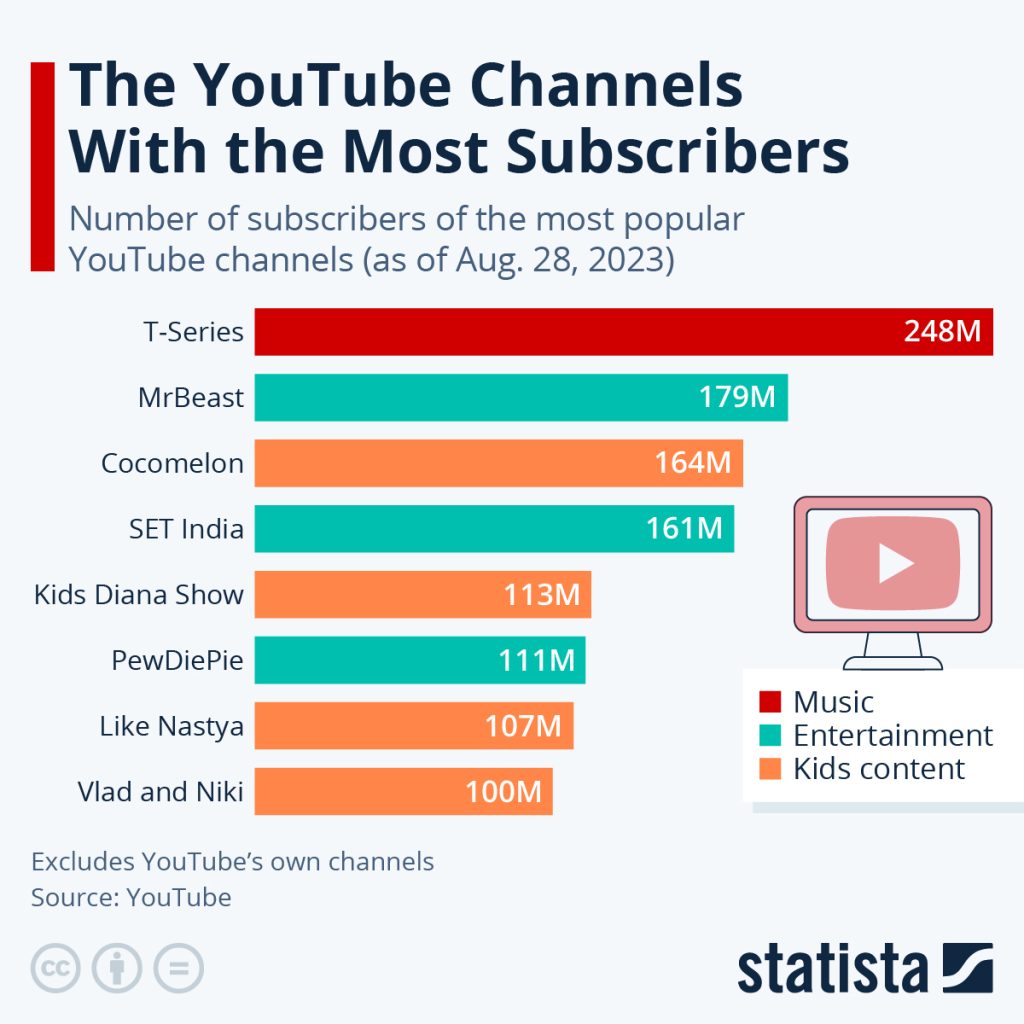Even though the ideology of Adorno and Horkheimer on the culture industry was coined in the book “Dialect of Enlightenment” in 1947, and mainly was written about the media products of the time (newspapers, film, television, etc.), their ideas can still be applied to the media in the 21st Century, and with the trajectory that media has been on since that era, the ideology could possibly be more relevant by looking into modern day examples. In this blog post, I’ll look into how the over-commercialisation of the culture industry has affected social media.
What is Culture Industry?
Culture Industry is a term that was created by Frankfurt School theorists Theodor Adorno and Max Horkheimer which refers to the organisations and conglomerates that run the business in terms of production, distribution, marketing, etc, of goods and services involving culture (magazines, newspapers, film, etc.) and how they’ve become standardised and homogenised. They believe that the conglomerates controlling the industry do so in a way that enforces capitalism, and becomes a tool of mass manipulation to the average audience. As well as that, the prioritisation of profit from these big companies over artistic expression also limits the creativity, uniqueness, and diversity that organic artistic expression can bring, instead, leaving content feeling common and repetitive.

How can this be seen in today’s media?
One example of how the culture industry has changed to become more commercialised and enforce the ideology of Capitalism in the 21st Century is with social media platforms, more specifically YouTube. Upon its inception in 2005, YouTube was a platform where regular people came to broadcast themselves (hence why the old motto for the website was “Broadcast Yourself”) in plenty of fun ways, from comedic sketches to gaming montages and so on and so forth. However, with the exponential growth of the audience on the website, as well as the implementation of ads and monetised videos from Google, large companies seen it as an opportunity to exploit the platform and use it as a new tool to push their brand into people’s faces and turn their audience into consumers. They have accomplished this via supporting creators’ work via paid sponsorships, placing advertisements on the website, and so on, but one of the primary ways they have grown is by starting their own channels and publishing films that advertise their goods. The T-Series channel is one of the most prominent instances of this. T-Series, India’s biggest movie studio and music record label who specialise in Hindi film and Indi-pop music, posted their first video on YouTube in 2011 promoting the release of their new movie at the time. Since then, T-Series have amassed a total following of over 250 million subscribers as an account run purely based on business and promotion, and in the process, taking over PewDiePie (the former most followed creator on the platform), who came up before the era of thre heavy commercialisation of YouTube.


Good Blog mate, I like how you pointed out that social media like YouTube has become more commercialised in such a short space of time compared to more traditional outlets like film and TV.